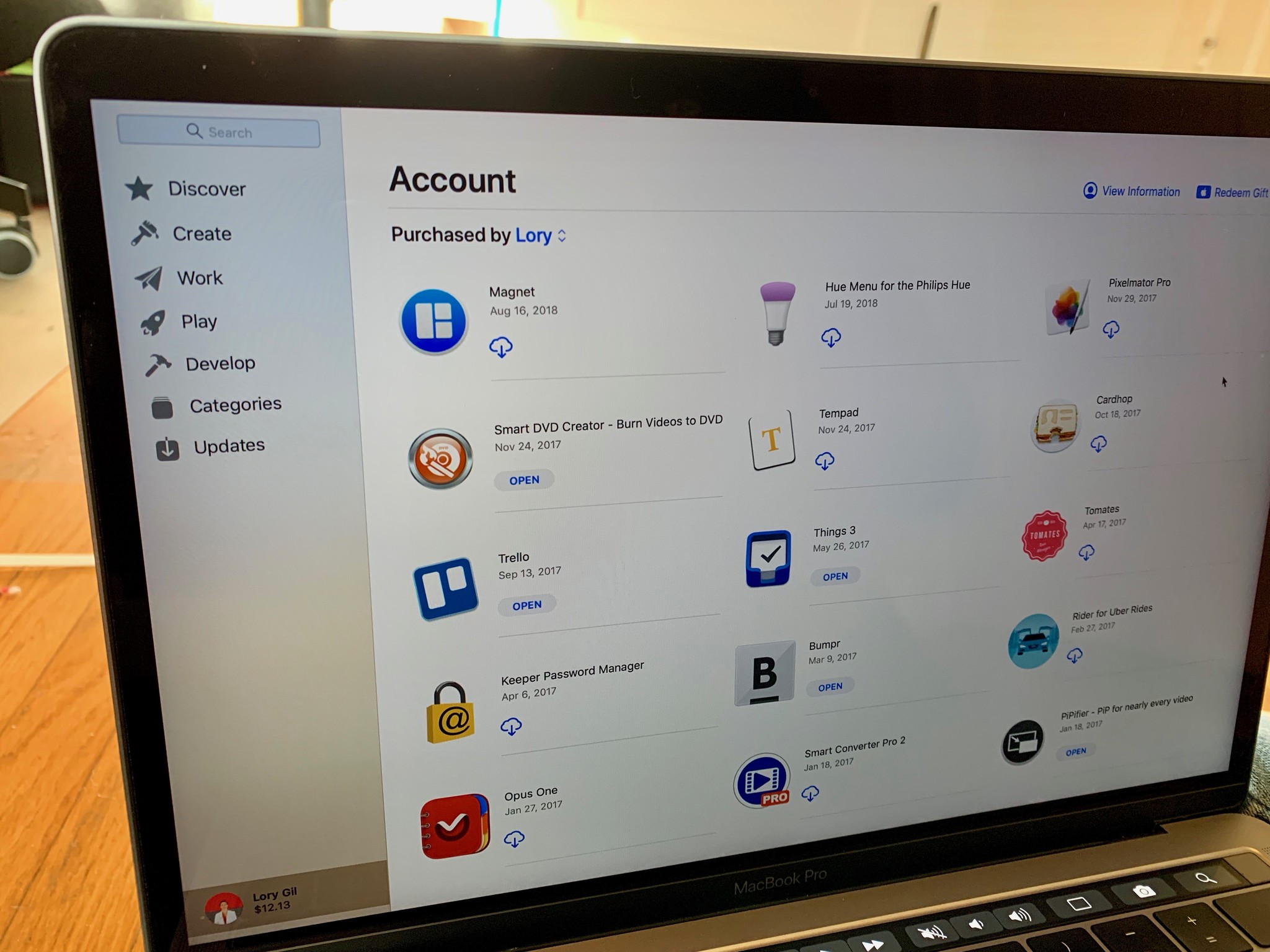

- #CHECK MAC FOR UPDATE HOW TO#
- #CHECK MAC FOR UPDATE INSTALL#
- #CHECK MAC FOR UPDATE DRIVERS#
- #CHECK MAC FOR UPDATE UPDATE#
- #CHECK MAC FOR UPDATE SOFTWARE#
Lastly, to download and install all available updates for your system, type the command:

You'll need to use the -install command or visit the Mac App Store to actually initiate the install. These updates are downloaded to a folder located in /Library/Updates, but they aren't designed to be installed by double-clicking the packages in that directory. Updates downloaded in this way can be subsequently installed with the same -i or -install command above, or even through the Mac App Store.
#CHECK MAC FOR UPDATE UPDATE#
Moving on, to download a specific update for your system without also installing it then and there, you can use: If present, they also need to be included within the quotes. Softwareupdate -install 'macOS High Sierra 10.13.3 Supplemental Update-'Īlso, be alert for spaces at the end of the package names. Note that if the package name you’re trying to install has spaces in it, you'll need to enclose the whole thing in single quotes. To download and install a specific update in the list, use the following format, but replacing NAME with the update's identifier: means the update is recommended for all users, and indicates that your Mac needs to reboot for installation to complete. The second line offers a more detailed description of the update, including the version number (usually in brackets) and the download file size in kilobytes. This line is also known as the identifier.
#CHECK MAC FOR UPDATE SOFTWARE#
The asterisked line denotes the individual software update package that's available for your Mac to download. In our example, only one update is available at this time, but every item follows the same format, as shown: Available updates always appear as items in a list. Now let's take a look at the command's output.

If no updates are available, you'll be returned to the command prompt.
#CHECK MAC FOR UPDATE DRIVERS#
Note that the following procedure only lists stock Apple system updates (iTunes, Photos, printer drivers the like), but not updates for other Apple apps that aren't installed with macOS (Xcode, for instance), and not third-party updates from the Mac App Store.
#CHECK MAC FOR UPDATE HOW TO#
How to Update macOS From the Command Lineīefore following these steps, ensure you have a full backup of your system, which should be par for the course when performing any update. Users with older Macs in particular will likely appreciate this tip, as it saves having to fire up the Mac App Store altogether, which can be slow-going and sometimes even downright unresponsive. In our tests, we found that this method was capable of shaving off several minutes of idle time during installation restarts, but that the time-saving depends on the machine and the update in question. The process involves a simple Terminal command, and allows you to continue using your Mac as the update downloads and the initial software installation takes place in the background. Not every question will be answered, we don’t reply to email, and we cannot provide direct troubleshooting advice.If you're sick of waiting for the progress bar to complete every time you reboot after a macOS software update, then you'll be pleased to learn there's another way to update your Mac that could potentially reduce your downtime. If not, we’re always looking for new problems to solve! Email yours to including screen captures as appropriate, and whether you want your full name used. We’ve compiled a list of the questions we get asked most frequently along with answers and links to columns: read our super FAQ to see if your question is covered. Scroll to the top and you can look through what’s been changed. If you want to find just the most recent updates, click the Install Date column and click it again, and it will order items from most recent to least recent. I’ve been migrating my current Mac setup for so long that even though the computer is just four years old, the list of updates goes back to OS X 10.8. System Information lets you see all upgrades installed, including for macOS. Scroll down under Software Name to find macOS, and you can look through a list of all updates ever installed on the system. Hold down Option while choosing the menu and select System Information.Ĭlick the Installations link under Software in the left-hand list.


 0 kommentar(er)
0 kommentar(er)
